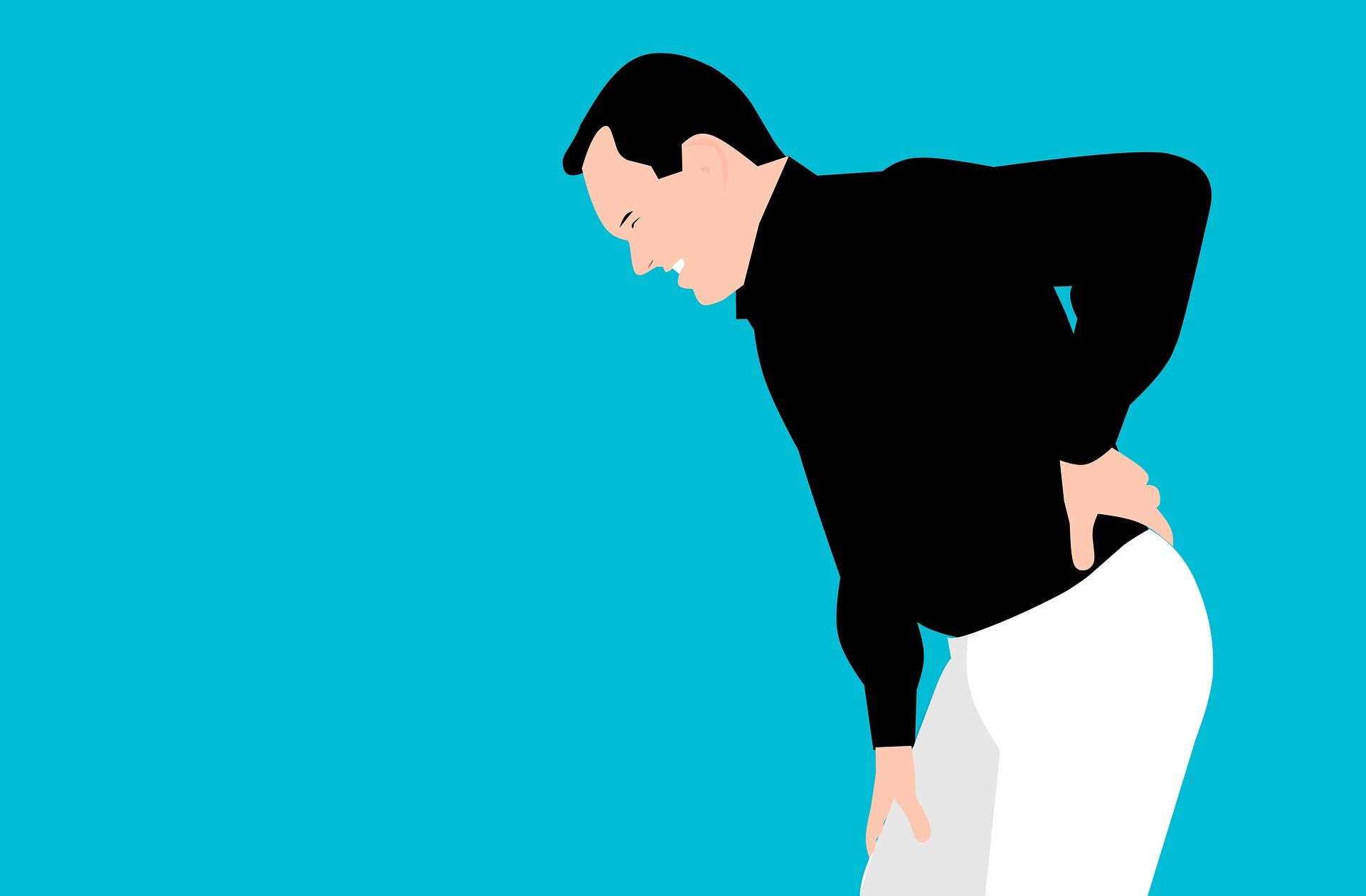How many times have you woken up in the morning and experienced unexpected lower back pain? Don’t worry, you are not the only one. Back pain is a regular phenomenon. It is also often felt the first thing in the morning, especially when you move from lying down to standing.
Such discomfort is typically the product of fatigue from extended stretches of rest or reduced blood pressure from sleeping. Upon getting about your day, signs usually disappear.
Although back pain can be intermittent in the morning, some people feel it more frequently than others. This constant pain can be caused by a variety of complications, including sleeping stance and position.
Does My Sleeping Position Cause Back Pain?
If you experience back pain every morning, your sleeping stance can be the problem. Inadequate sleeping arrangements will place pressure on your back, causing your standard curve to flatten.
This could also cause back pain and painful pressure on the joints. If you always sleep on your stomach, you can feel back pain more frequently.
Try adjusting the sleeping posture for better sleep and improved spine protection. Experts prescribe that you lie on your side or on your back with a mattress between your legs. If you have the most possible way to sleep on your back, put your pillow under your pelvis or lower belly for support. This helps you take the burden off your back.
Solving Your Back Pain
Most individuals feel uneasy lying on their backs or that it leads them to snore. Everybody sleeps differently, and there are various choices for those who want to sleep better and reduce their back pain.
For people who have lower back pain at night, carrying out the following postures and tips can offer relief.
Exercise Your Way Through
Daily activity is the secret to alleviating back discomfort during the day. Walking is one of the safest workouts, so make sure you can reach at least 10,000 steps a day. Nonetheless, something that helps get you up and off your feet will help keep your back stable.
Also, if you have an office job that requires sitting, it is necessary to have regular breaks. Get up to walk at least once every 30 minutes. Standing desks will even help hold your back under control through the day at work, and you do not endure the repercussions the next morning.
Start Red Light Therapy
With any light or even a hot bath, you may achieve a calming warming effect. Yet obtaining profound and long-lasting pain relief requires moving down to the cellular level by using a limited spectrum of light proven to have healing potential. Red light and near-infrared light therapy use LED lamps with different wavelengths of light that reach the skin for medical purposes at the cellular stage.
Light therapy for back pain might be able to help you. Low back pain may be handled at home with quality LED panels that provide the light intensity required for therapeutic benefit. Yet since the muscles that protect the spine are deep within the body, you would need heavy concentrations of red and NIR light to penetrate deep muscle and connective tissue.
Get Knee Support
Lying on the back is generally thought to be the critical sleeping position for a stable return. This stance equalizes weight to the full length of the body’s largest surface. This also minimizes pressure points and maintains optimal positioning of the ear, neck, and spine.
Placing a thin cushion under the knees will offer extra support and help preserve the spine’s standard curve. To take this sleeping role, a person should:
-
Lay flat on the bottom, facing the wall, and stop turning the head sideways.
-
Place a cushion to protect the head and back.
-
Place a thin pillow under your knees.
Stretch Your Back Pain Out
One way to overcome back pain is to stretch just when you’re out of bed. So long as you lay on your back, stretch your arms as high as you can above your head. At the same time, move your foot in the opposite direction.
Then raise your legs to your shoulders and hang on to a lower backrest. It may even feel nice to softly rock from side to side.
When you sit down, place your legs on the table, shoulder-width apart. Bring your arms up above your shoulders again, then side to side for an all-around run.
Try Pillow Under Your Stomach
Naturally, lying on the front of the body is generally known to be the weakest sleeping pose. However, for those struggling to sleep in another position, putting a thin pillow underneath the stomach and hips can help improve the spine’s alignment.
Sleeping on the front may also benefit people with herniated disk disease or degenerative disk disease. To take this sleeping role, a person should:
-
Lie in bed and lie on top of them.
-
Place a thin pillow underneath the belly and hips to lift the middle part.
-
Put a flat pillow on your bed or try sleeping without one.

